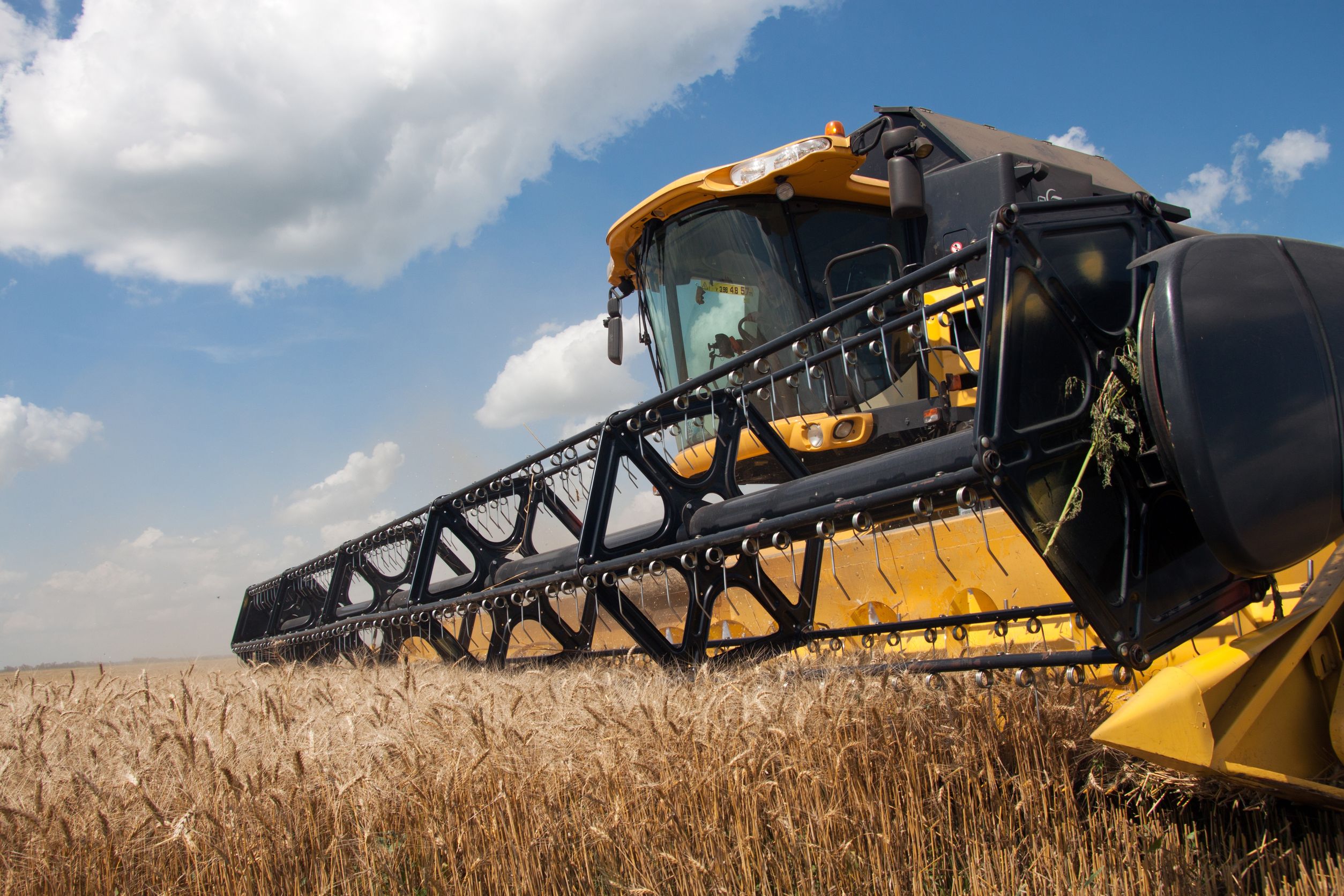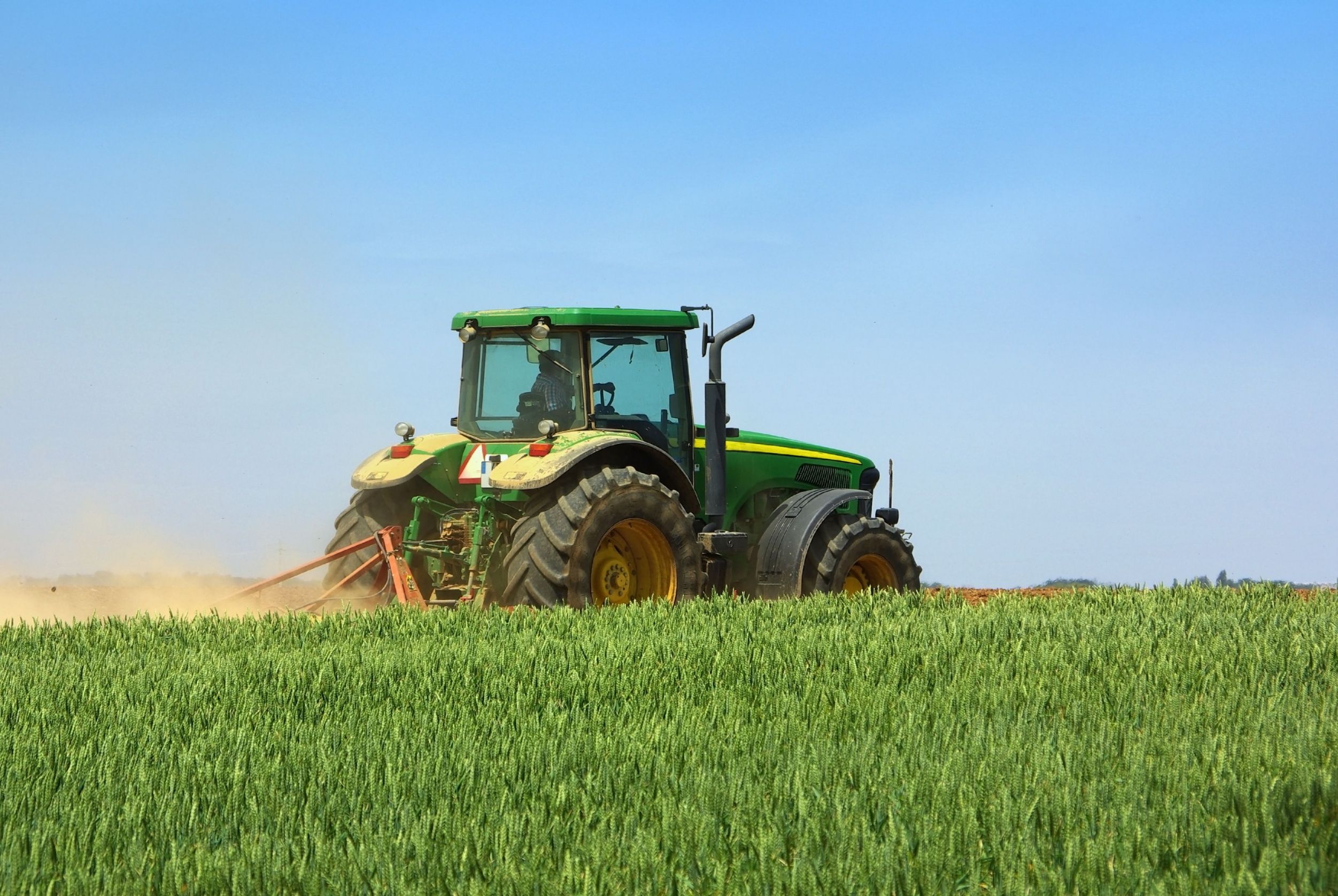
The average cost of agricultural production has fallen for a third consecutive year, the latest figures have revealed.
The figures, from Anglia Farmers AgInflation Index, show from the year September 2015 to September 2016 an overall decrease in input costs of -1.14%.
The AF AgInflation Index is agriculture’s widely-respected tool for assessing the cost of production and the changing expenditure of farming.
AF sources more than £230 million of agricultural inputs each year, and expenditure is a weighted average of nine cost centres and 132 cost items.
Weightings within and between cost centres are based on average farm and grower expenditure.
Fertiliser saw the most dramatic deflation (-18%) with agrochemical prices down -3.2%.
Most other cost centres have seen small increases or decreases.

Labour has seen yet another increase in the past twelve months (up 5.9%). Other areas where costs have risen are seed (up 2.7%), animal feed and medicine (up 2.0%), fuel (up 1.5%) and rent/interest (up 0.7%).
Contract & hire has seen a -1.2% deflation in the past twelve months.
The AF AgInflation figures reveal that whilst the Retail Price Index has decreased for the third consecutive year (-2.6%), farmers growing crops have seen their production costs fall in line with the RPI, whilst livestock farmers have seen their costs increase.
Sugar beet production costs have reduced -0.51% compared to -15.3% deflation in the cost of Granulated Sugar.
Cereals and oil seed rape, and potatoes have also seen reductions.
Beef and lamb producers have seen their production costs increase 0.50% compared to -6.0% deflation in the market place.
The cost of pasteurised milk has remained steady in the past twelve months despite dairy production costs increasing 0.53%.
Brexit has 'pushed up costs'
AF Group chief executive Clarke Willis said: "Across the board, with only a handful of exceptions, average costs of farm inputs have seen small increases or decreases.
"The reduction in fertiliser costs are attributable to lower raw material prices coupled with the lowest shipping rates in 35 years.
“The increase in labour costs is due to the increase in minimum wage in April this year, as well as AF actively sourcing high-calibre temporary staff for its members," said Mr Willis.
"Fuel has seen a changing market throughout the past 12 months with the best prices in February.
"The impact of Brexit has resulted in a weaker pound which has therefore pushed-up costs to an average 1.5% inflation."
Commenting on food production costs in comparison to the Retail Price Index, Mr Willis added: "Beef and lamb producers continue to feel the pressure as their production costs have increased compared to a reduction in the cost of mince and lamb."
